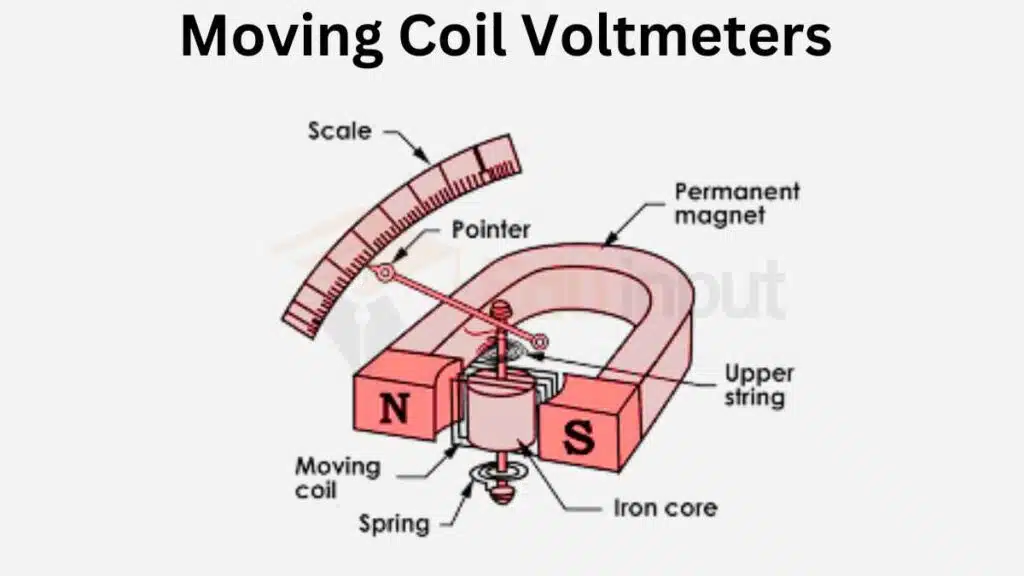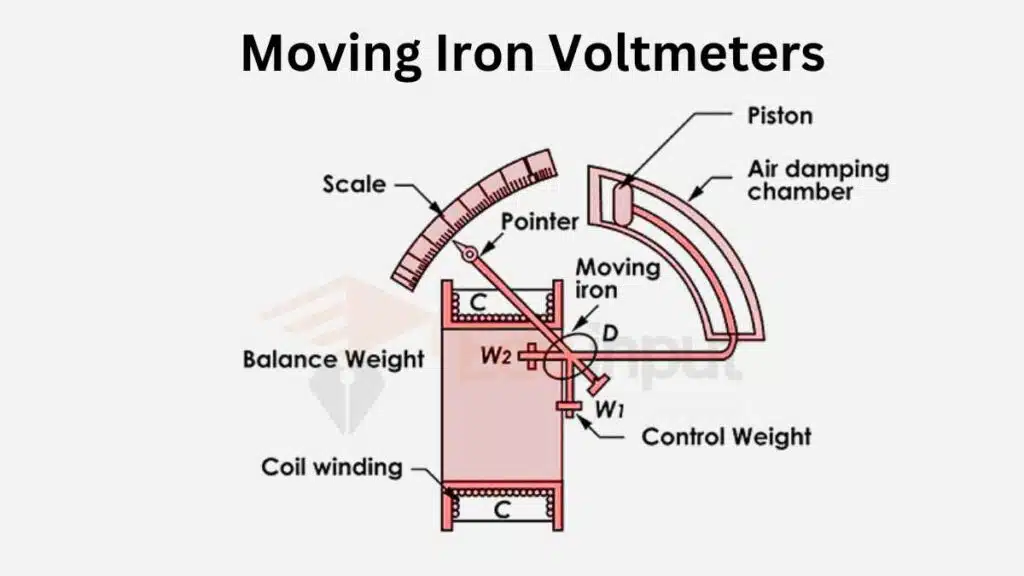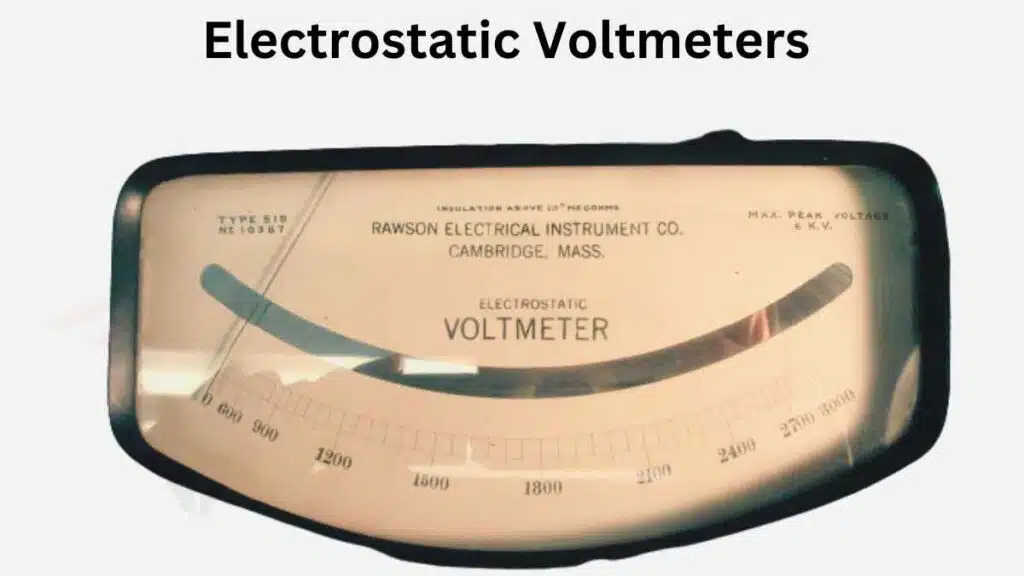Analog Voltmeter-Working, Types, And Applications
An Analog voltmeter also known as an analog voltage meter is an instrument designed to measure voltage in electrical circuits. Unlike digital voltmeters that provide numerical readings, analog voltmeters use a moving pointer or needle to indicate voltage levels on a graduated scale.
What is Analog Voltmeter?
An Analog voltmeter is a type of voltmeter. Analog voltmeters have been a fundamental tool in electrical engineering for decades. These devices provide a visual representation of voltage allowing engineers and technicians to measure and monitor electrical potential differences accurately.
Analog voltmeters have been a reliable tool for voltage measurement for many years. Their simplicity, real-time visualization, and wide range of applications make them valuable instruments in electrical engineering and various industries
Working Principle of Analog Voltmeters
The working principle of analog voltmeters revolves around the interaction between electrical and mechanical components. In moving-coil voltmeters, the current passing through the coil creates a magnetic field that interacts with the permanent magnet resulting in needle deflection. Moving iron voltmeters rely on the magnetic forces between the fixed core and movable vane while electrostatic voltmeters use the electrostatic forces between charged plates.
Types of Analog Voltmeters
There are several types of analog voltmeters available, each employing different mechanisms to measure voltage. The three main types are:
Moving Coil Voltmeters (MCVs)
Moving coil voltmeters use a lightweight coil suspended between the poles of a permanent magnet. When current flows through the coil, it experiences a torque, causing it to rotate. The rotation is proportional to the current passing through the coil, enabling the measurement of voltage.

Moving Iron Voltmeters (MIVs)
Moving iron voltmeters utilize the attraction and repulsion forces between a fixed iron core and a movable iron vane. As the current flows through the circuit, the iron vane aligns itself according to the magnetic field indicating the voltage.

Electrostatic Voltmeters (ESVs)
Electrostatic voltmeters operate based on the principle of electrostatic forces between charged plates. The voltage deflects the movable plate, creating a displacement that can be calibrated to determine the voltage.

Advantages of Analog Voltmeters
Analog voltmeters offer several advantages over digital counterparts, making them preferred in specific applications:
- Real-time Visualization: Analog voltmeters provide immediate visual feedback with the pointer’s movement, allowing for real-time monitoring of voltage changes.
- Simple and Intuitive: Analog voltmeters are easy to understand and operate, making them suitable for beginners and educational purposes.
- Wide Dynamic Range: Analog voltmeters can measure a wide range of voltages, from millivolts to kilovolts, without the need for range switching or external adjustments.
- High Sensitivity: Analog voltmeters can detect small changes in voltage due to their analog nature, making them ideal for precise measurements in sensitive circuits.
Limitations of Analog Voltmeters
While analog voltmeters have their advantages, they also come with certain limitations:
- Limited Precision: Analog voltmeters have lower precision compared to digital counterparts, with readings prone to errors caused by parallax and human interpretation.
- Susceptible to Noise: Analog voltmeters can be affected by electrical noise and electromagnetic interference, potentially introducing inaccuracies in measurements.
- Scaling and Range Adjustments: Analog voltmeters may require manual adjustments or range switching to accommodate different voltage levels, which can be time-consuming.
Applications of Analog Voltmeters
Analog voltmeters find applications in various fields, including:
- Electronics: Analog voltmeters are commonly used in electronic circuit testing, troubleshooting, and component voltage measurements.
- Power Systems: Analog voltmeters help monitor and measure voltage levels in power distribution systems, ensuring efficient and safe operation.
- Telecommunications: Analog voltmeters are used in telecommunications networks to measure voltages in telephone lines and other communication equipment.
- Automotive: Analog voltmeters play a role in automotive diagnostics, enabling mechanics to measure battery voltage, charging system performance, and electrical faults.
Related FAQs
Why use an analog voltmeter?
Analog voltmeters provide real-time visualization and simplicity in voltage measurement.
Can analog voltmeters measure AC voltage?
Yes, analog voltmeters can measure both DC and AC voltages. However, special AC voltmeters may be designed to provide more accurate readings for alternating currents.
How accurate are analog voltmeters?
The accuracy of analog voltmeters can vary depending on the model and quality. Higher-end analog voltmeters can provide accuracies within a few percentage points.
Can we use an analog voltmeter to measure current?
No, analog voltmeters are specifically designed for voltage measurement. To measure current, a separate instrument called an ammeter should be used.







Leave a Reply